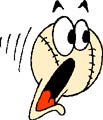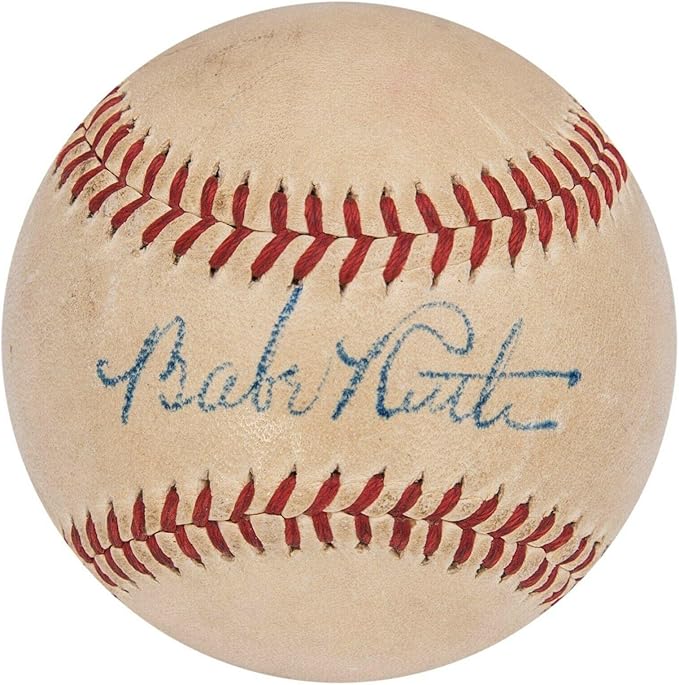NCAA-BASEBALL-RULES
The NCAA-Baseball-Rules Committee wants to speed up the game and has unanimously approved two new rules intended to speed up the game.
"There is an interesting little side note observed here as it seems the ncaa-baseball-rules have nothing whatever to do with making play more safe to prevent injuries nor do the rules change any previous rule."
"You might think money talks just as little white baseball talks (so what do i know?) and little baseball reads too and the rule says, Non Televised Games so if it is good for the money it is good for the game."
Batting Helmet as safety head gear must to be worn by all hitters for the protection of the head from hard throwing pitchers is a huge and significant baseball safety Rule.
Now shall I present you another safety consideration for your thoughts?
Your Johnny a young freshman just entered a University to play baseball on a scholarship under the aegis of the NCAA Rules Committee. Johnny weighs in at 150 lbs soaking wet in uniform but he is a super All-Star golden glove slick fielding third baseman. All his career he has battled tooth and nail at Little League and High School handling those hard hit liners and blue darters screaming along the diamond turf.
Now at the college level he must stand his ground while stepping to the plate just might be a 230 lb 6'4' senior collegian carrying home run slugging credentials. This fellow at the plate holds in his hands a true rocket launcher. Rocket Launchers are designed for warfare to reek havoc on enemy strongholds.
This 6'4' all American has, at the peril of all within his target range, a very high tech Metallic Bat (Aluminum if you would) which can in fact inflict grievous harm due to the extreme missile like launching speed of little white baseball from its barrel.
Let your Johnny be aware that is of little concern to the NCAA Rules Committee.
Shall I retreat from the negative and give you a sample or two of ncaa-baseball-rules which are applied in the college games?
Mercy Rule
Some leagues within college baseball employ a mercy rule. This means if a team is up by 10 runs after seven innings (or six-and-a-half if the home team is ahead), the game can be called. In a seven-inning game, the rule is employed after the fifth inning. This rule is not used in NCAA tournament games. Some conferences choose to institute the mercy rule after seven innings on Sundays or in the final game of a conference series. This allows the visiting team to get an early start on traveling.
Aggressive Base Running
In the NCAA, if a base runner collides "maliciously" with a defender who is trying to tag or force him out, the runner may be ejected at the umpire's discretion. Also, an "automatic double play" may be called if a sliding base runner tries to take out a defender who is attempting to complete a double play. In Major League Baseball, there is more discretion given for hard-nosed baseball in which a runner tries to break up a double play.
Click on the image to SHOP Baseball Bats, Books, Jewelry, Jerseys, and more...
Batter Up...Let's Play Ball...

